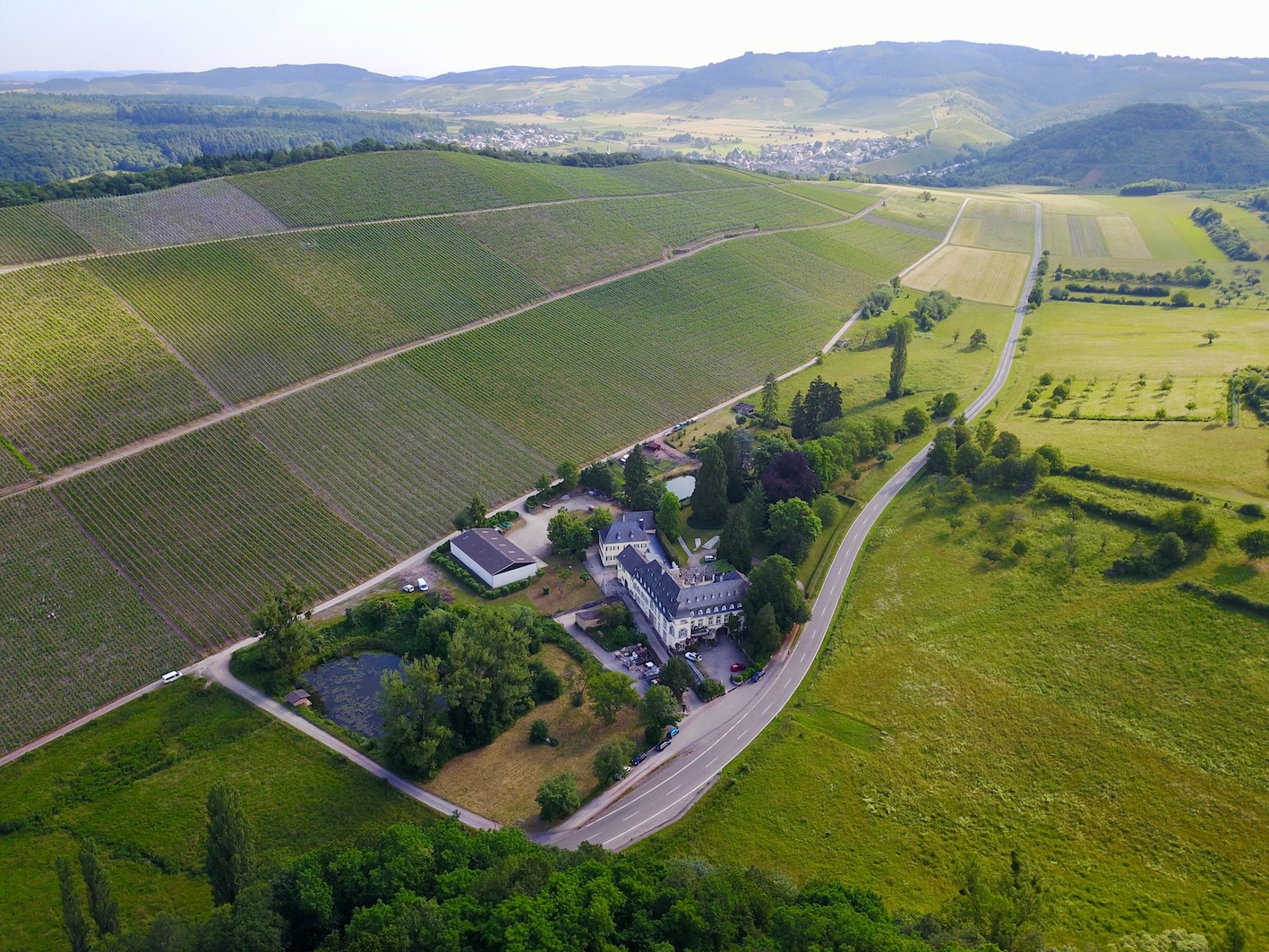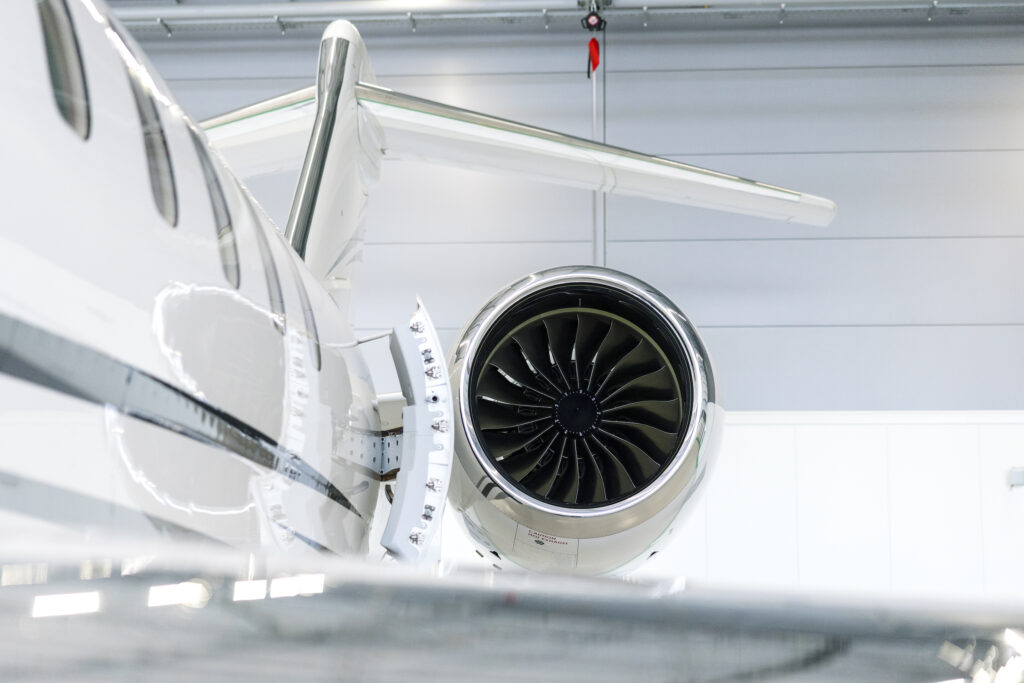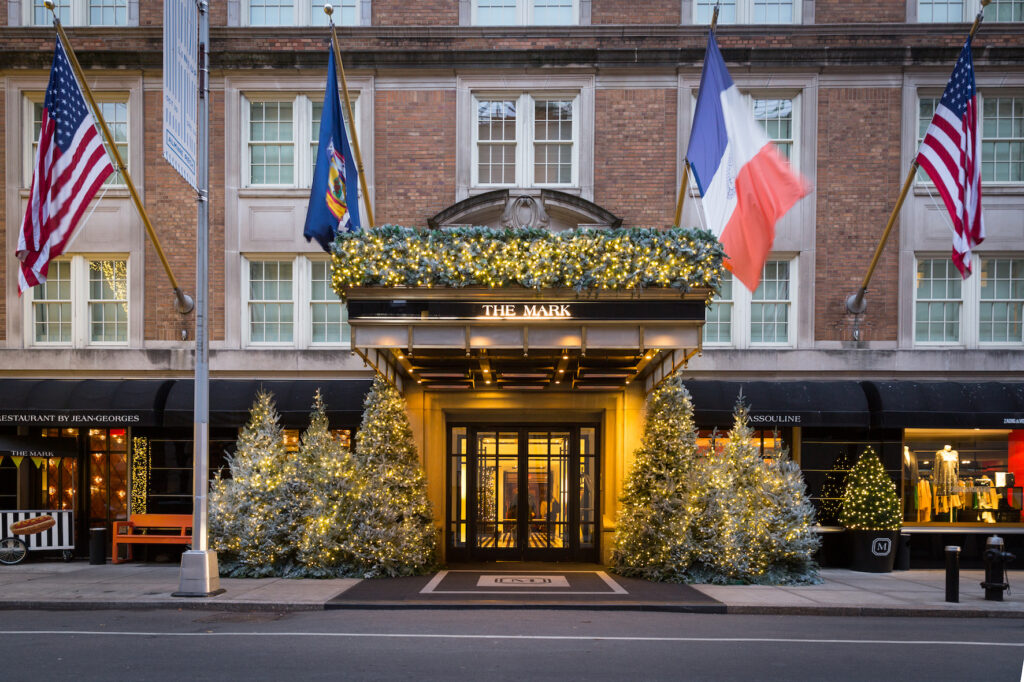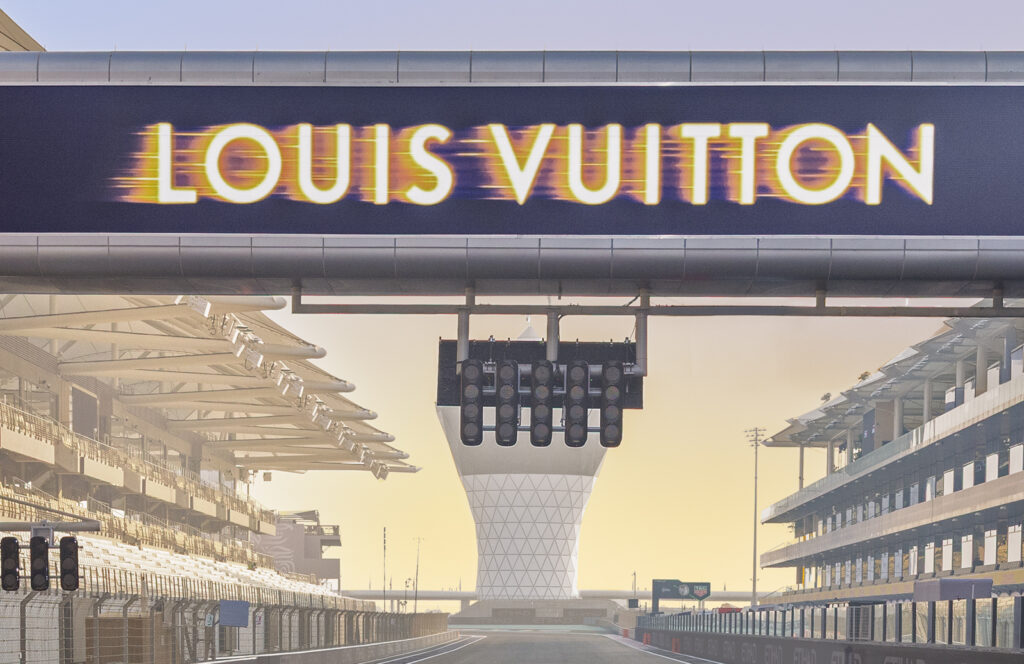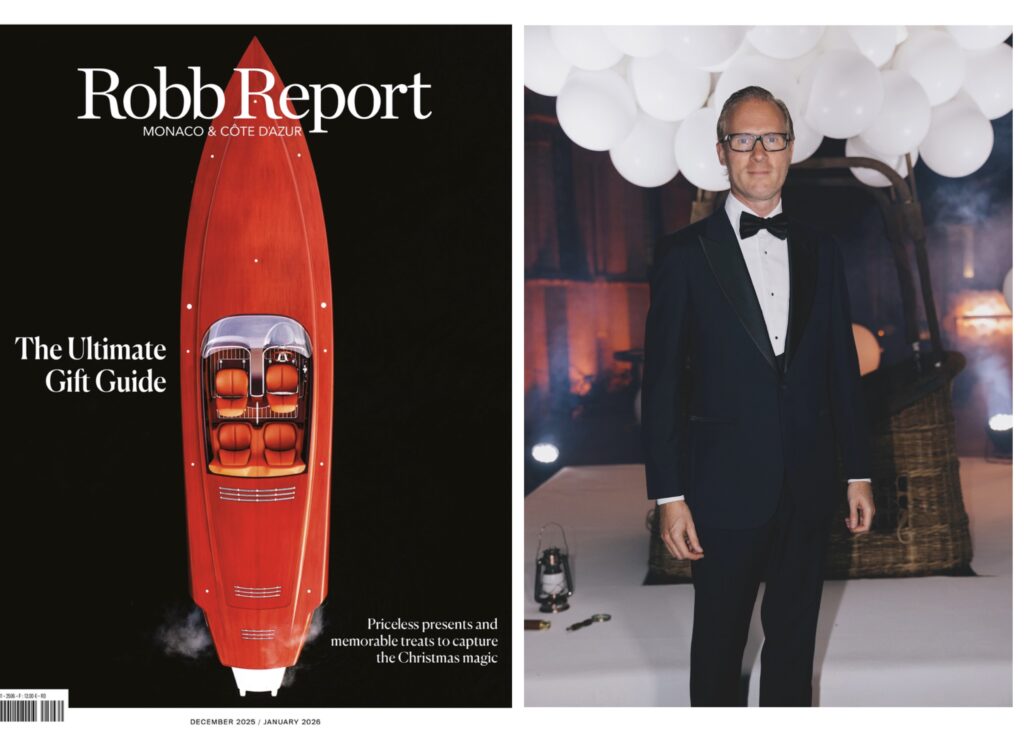Our wine expert reveals the sixth of his list of the World’s Best 12 Fine Wine Estates with the Mosel’s Wein Keiser.
Egon Müller, the ‘Wein Keiser’, is a man who transcends not only his wine region, but his country. Twice winner of the Golden Vines® Best Fine Wine Producer in Europe (2021 and 2023), as voted by 1,000 fine wine professionals from 120 countries, there’s a good argument to say that Müller is consistently making the best fine wines on the planet. Once you have tried them, it’s hard not to fall in love.
Curious fact: Egon’s son is called Egon, his father was called Egon, his grandfather was called Egon, his great-grandfather was called Egon (and even his now-deceased Irish Wolfhound was called Egon). This highlights the importance of continuity at the estate and how winemaking is so deeply rooted in the Müller family over many generations.
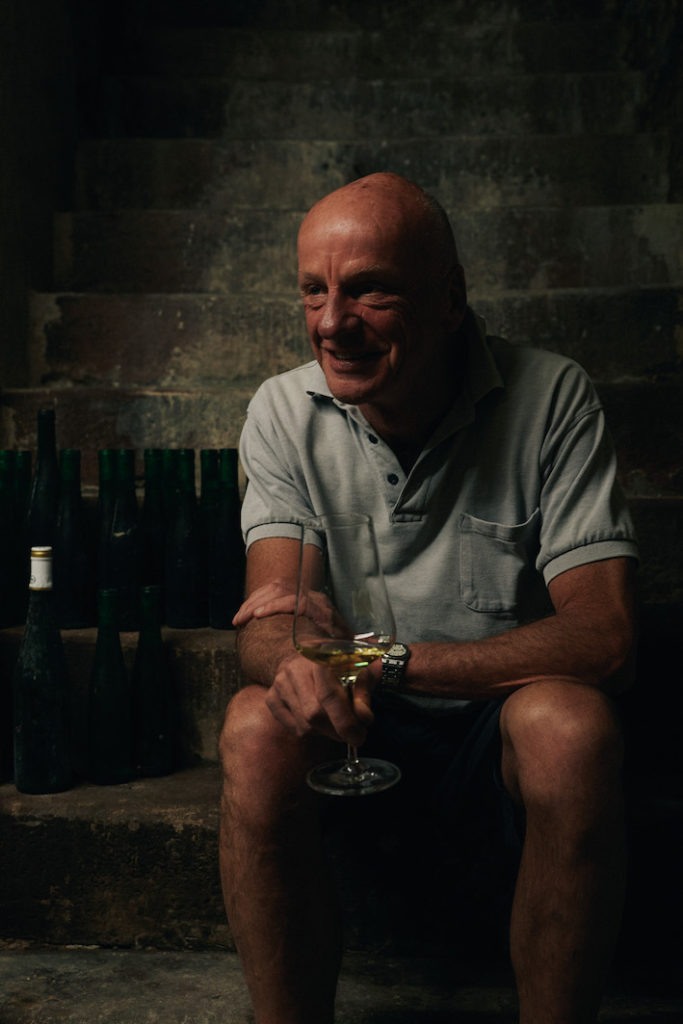
As a keen collector of Egon’s wines, I have often tried to work out why his wines are better than those of other German Rieslings. Of course, there are some amazing German wines, in particular, JJ Prum, Eva Fricke (the newest rising star), and the glorious dry Rieslings from Klaus Peter Keller. But none of these touch the heights and consistency of Egon’s wines. The answer probably lies in the Scharzhofberg hill that is immediately behind Egon’s house where the grapes for the majority of Egon’s wines come from.
As Egon’s father, Egon Müller III, famously stated: “There’s nothing more aristocratic than nature”. Scharzhofberg was always considered one of the top vineyards in all of Germany. South-facing, some distance away from the river Saar, the vineyard was considered a cooler site that has benefited from global warming. Weathered slate above compressed clay soils, the grapes from Scharzhofberg produce a very concentrated, high acidity wine in good vintages.
Egon’s winemaking is no different in essence to that of his forefathers. He doesn’t use skin contact, and likes to cold settle (15 degrees centigrade) for 24-hours into stainless steel. The juice then goes into old ‘fuders’ (large old barrels) or stainless steel tanks with fermentation finishing around Christmas time. The wines are then sulfured to stop fermentation, helped by the very low pH levels of the Scharzhofberger wines. The wines are left in the fuders untouched until January when the lees will have settled; after which they are racked and filtered, and bottled around March.
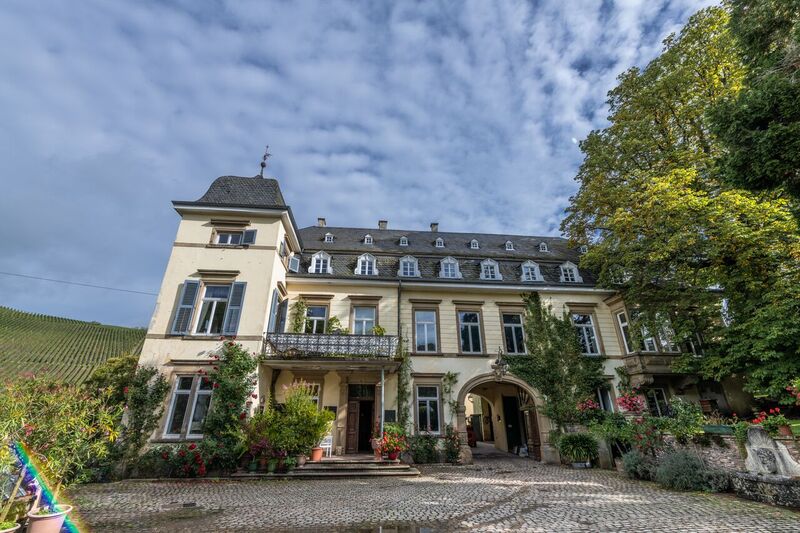
Egon makes a number of wines from entry level ‘Schwarzhof’ Riesling QbA all the way to the mind-blowing, £10,000+ per bottle Trockenbeerenauslese (TBA) sweet, botrytis (noble rot) wine that is one of the most ethereal pleasures life can ever give. The good news is that every wine is great, and the lower-end wines are very affordable and, frankly, too cheap for the quality you are getting.
To explain the German wine laws – undoubtedly the most complicated in the wine world – would bore you to tears. What you need to remember is that the sweeter the wine, the more expensive the wine as they are made in much smaller quantities. Higher sugar concentration wines in the same category are known as Goldkapsel: for instance, Egon sometimes makes an Auslese and an Auslese Goldkapsel. To add to the complexity, many of the best barrels of wines are sold off as Auktion wines in the annual Mosel Valley Auction, and are rarer and more expensive still.
If you’re put off by the fact that the wines are sweet, don’t be. They work wonderfully well with Indian and Asian food, and the acidity makes the sweetness less noticeable than you’d expect.
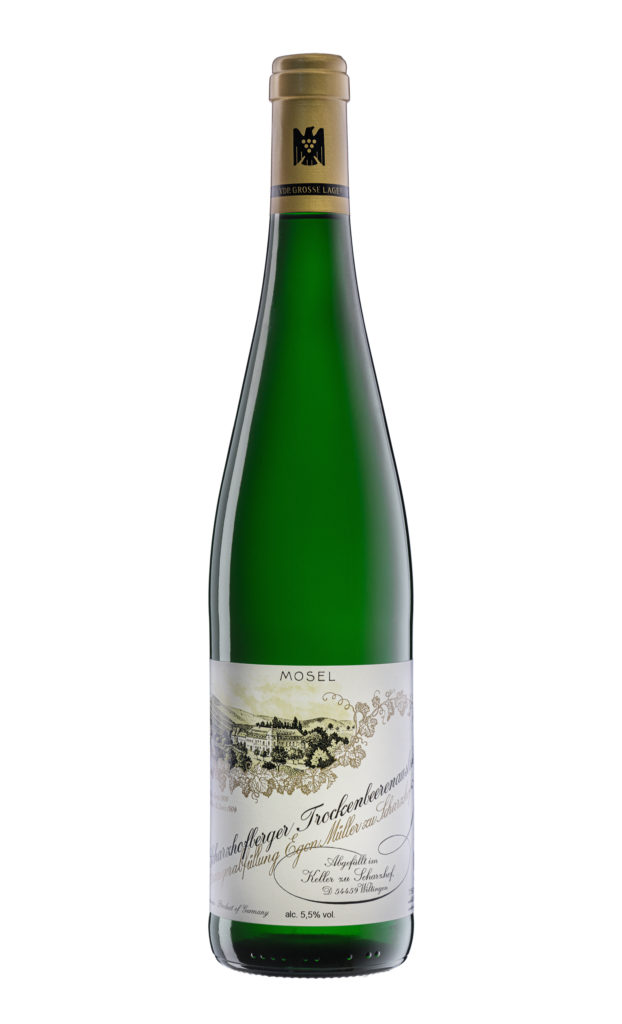
The Best Wines from Weingut Egon Müller
Weingut Egon Müller, Scharzhofberger Trockenbeerenauslese (TBA), 2018: tasted just after bottling, I was blown away by this heartstopper. The acidity overwhelms the sweetness such that it’s very moreish and easy to drink despite the ‘thickness’ of the liquid. Golden, treacly textured and audaciously complex for such a young wine with just 5.5% ABV, it was one of life’s great experiences to taste.
Weingut Egon Müller, Scharzhofberger Beerenauslese (BA), 1988: a marvel of a wine. Ripe apricot notes, with hints of sweet spices, and wonderful fresh acidity that cuts the sweetness in half, with a long, glorious finish.
Weingut Egon Müller, Scharzhofberger Eiswein, 1983: viscous, deep copper-gold coloured nectar with an incredible bouquet of treacle, flowers and stone-fruit that is so thick, it does not easily fall back into the glass after swirling. The acidity fizzes on your tongue. The wine has 260 grams of sugar and a whopping 14 grams of acidity per litre. One of less than 300 bottles made from this legendary vintage that obtained the record price for a German wine at the time it was sold at the Mosel Valley Auction in 1984. The aftertaste is endless. One of the greatest wines I have ever tasted.
The next edition of the Golden Vines awards will take place in Miami between November 7-9 2025. liquidicons.com

